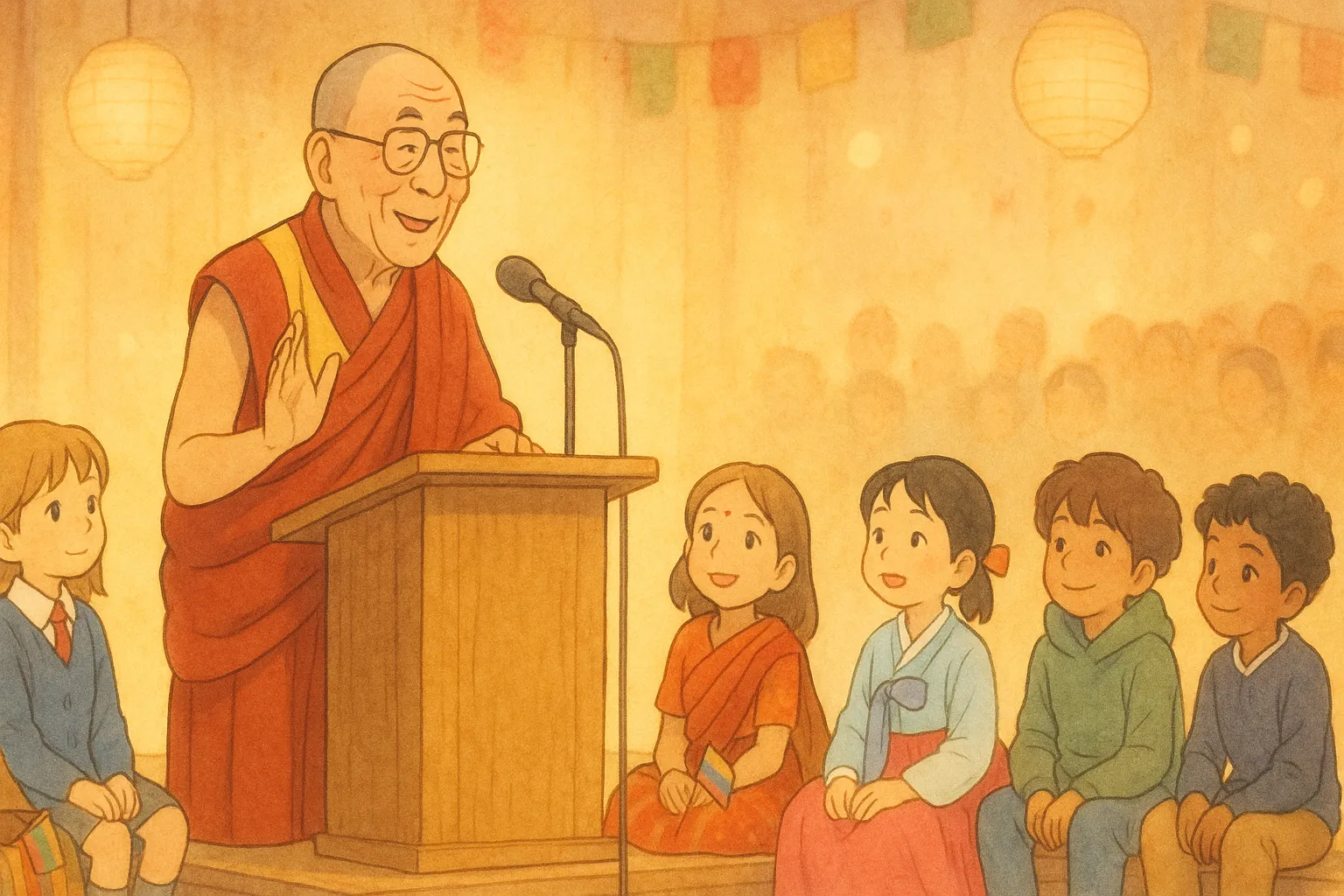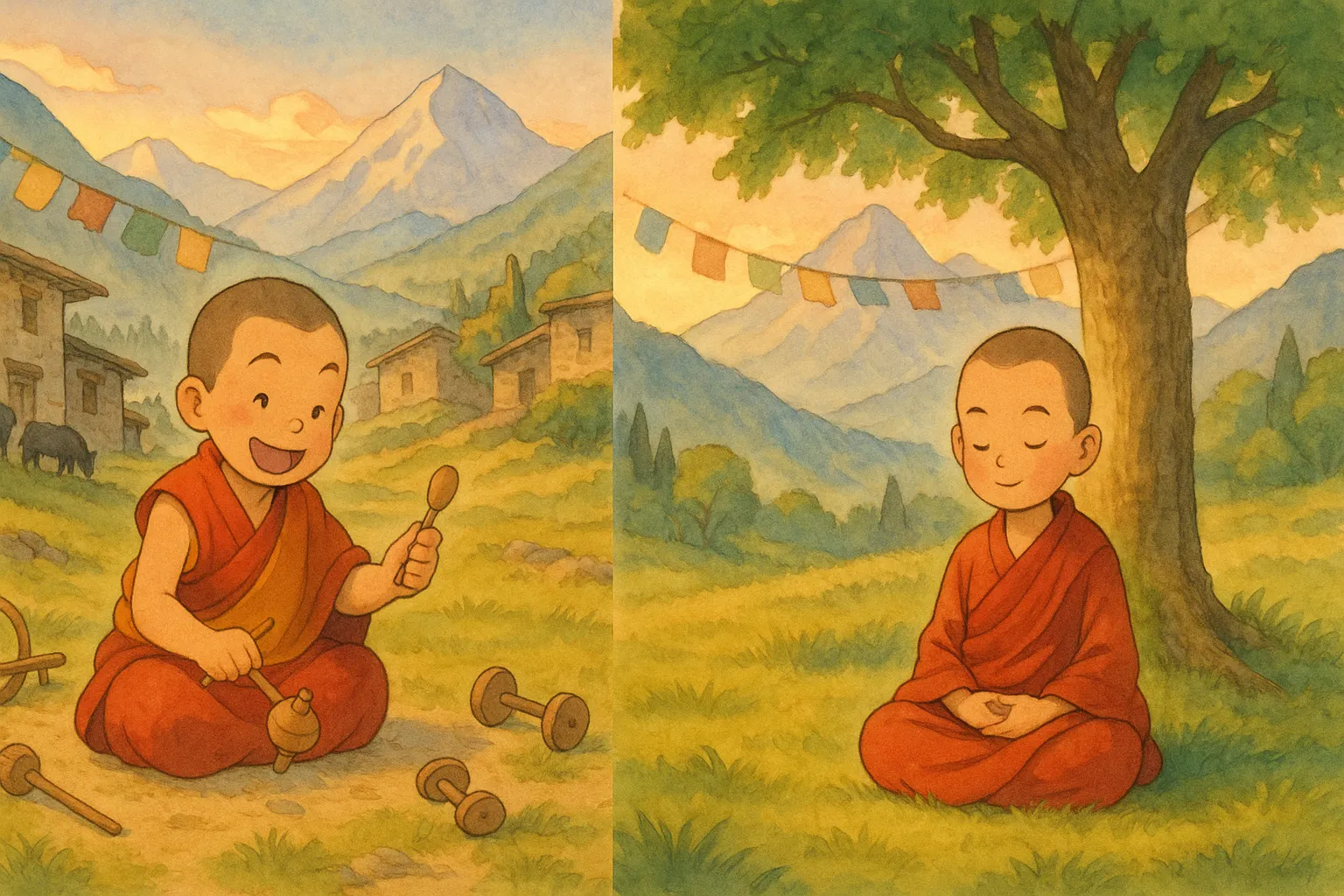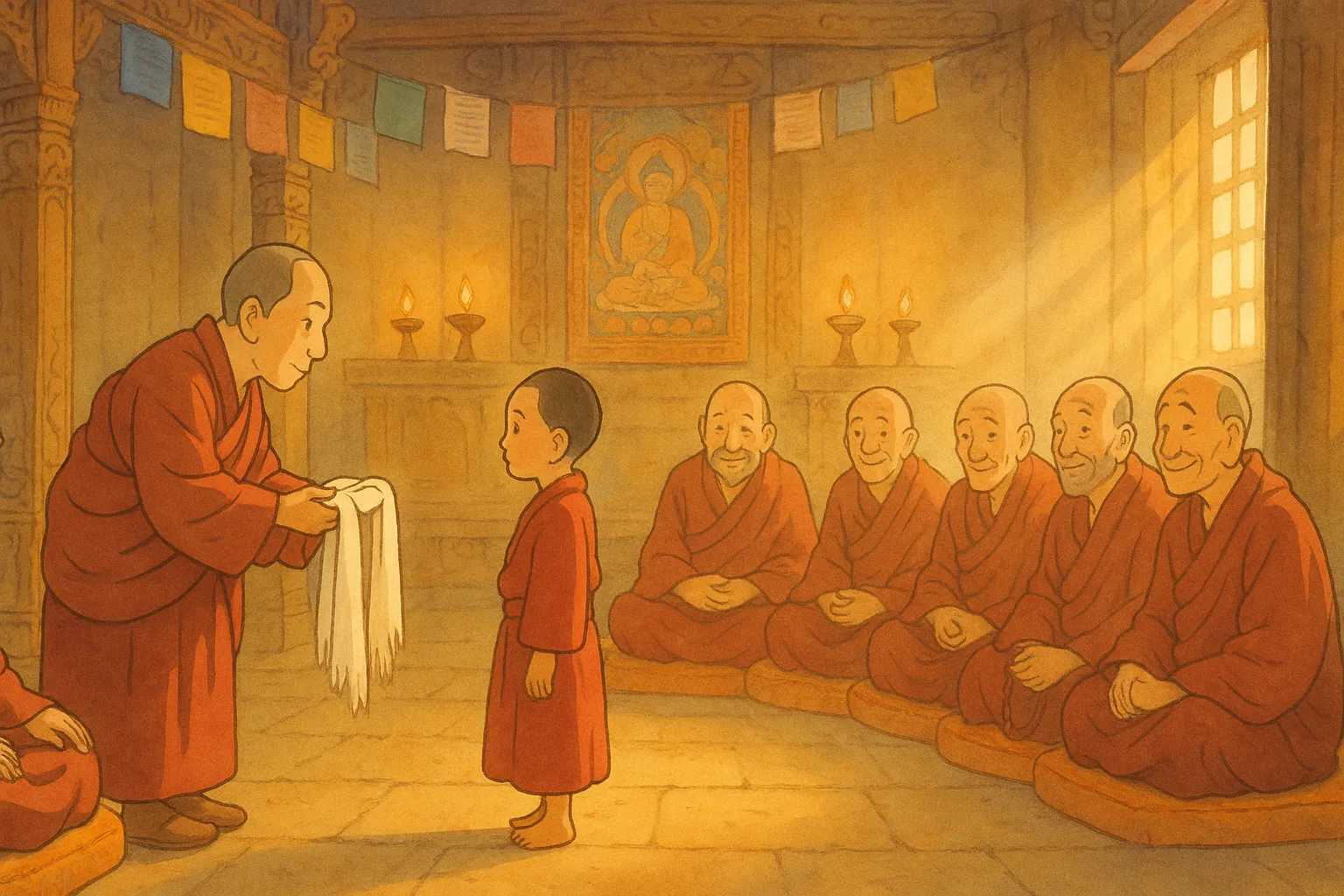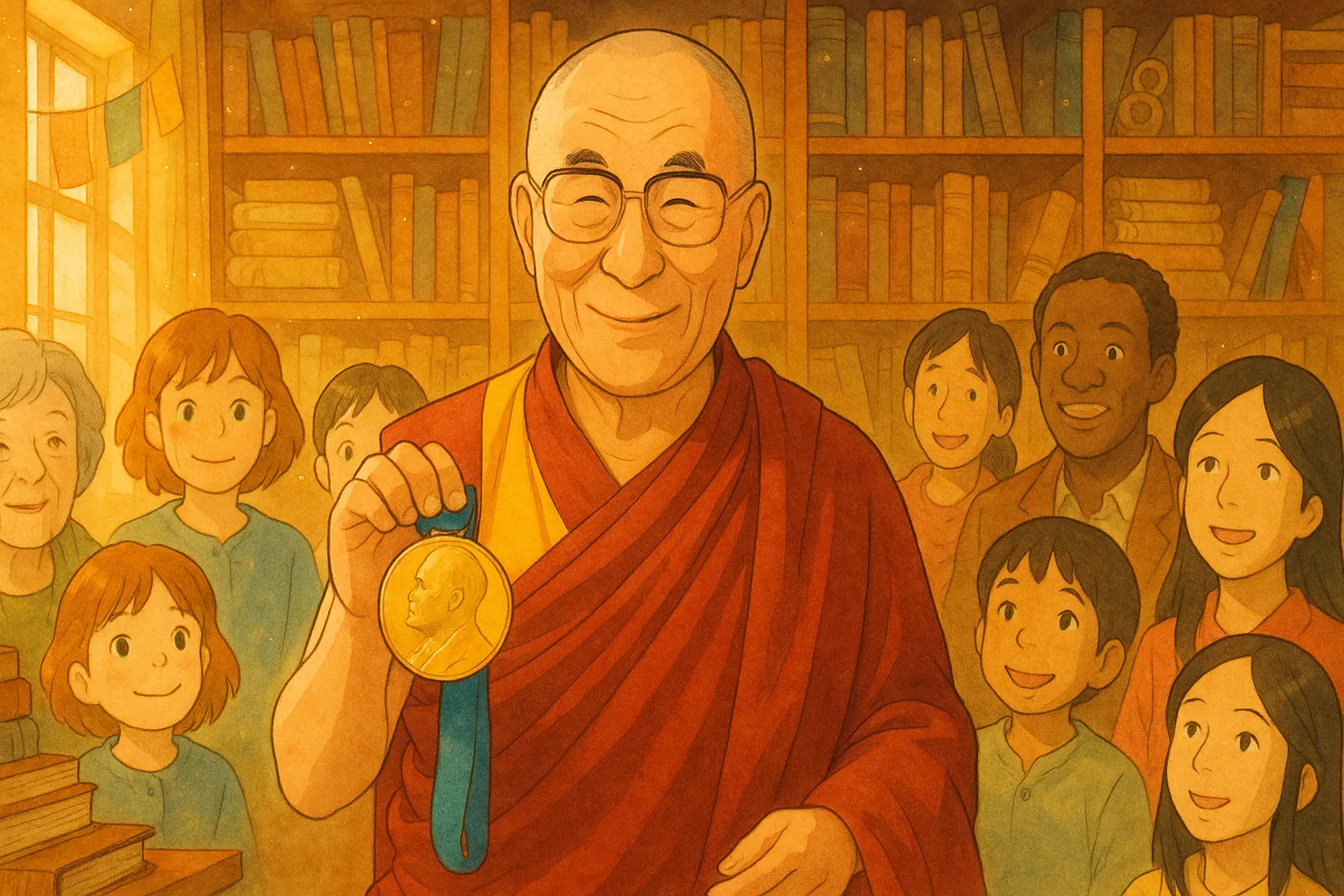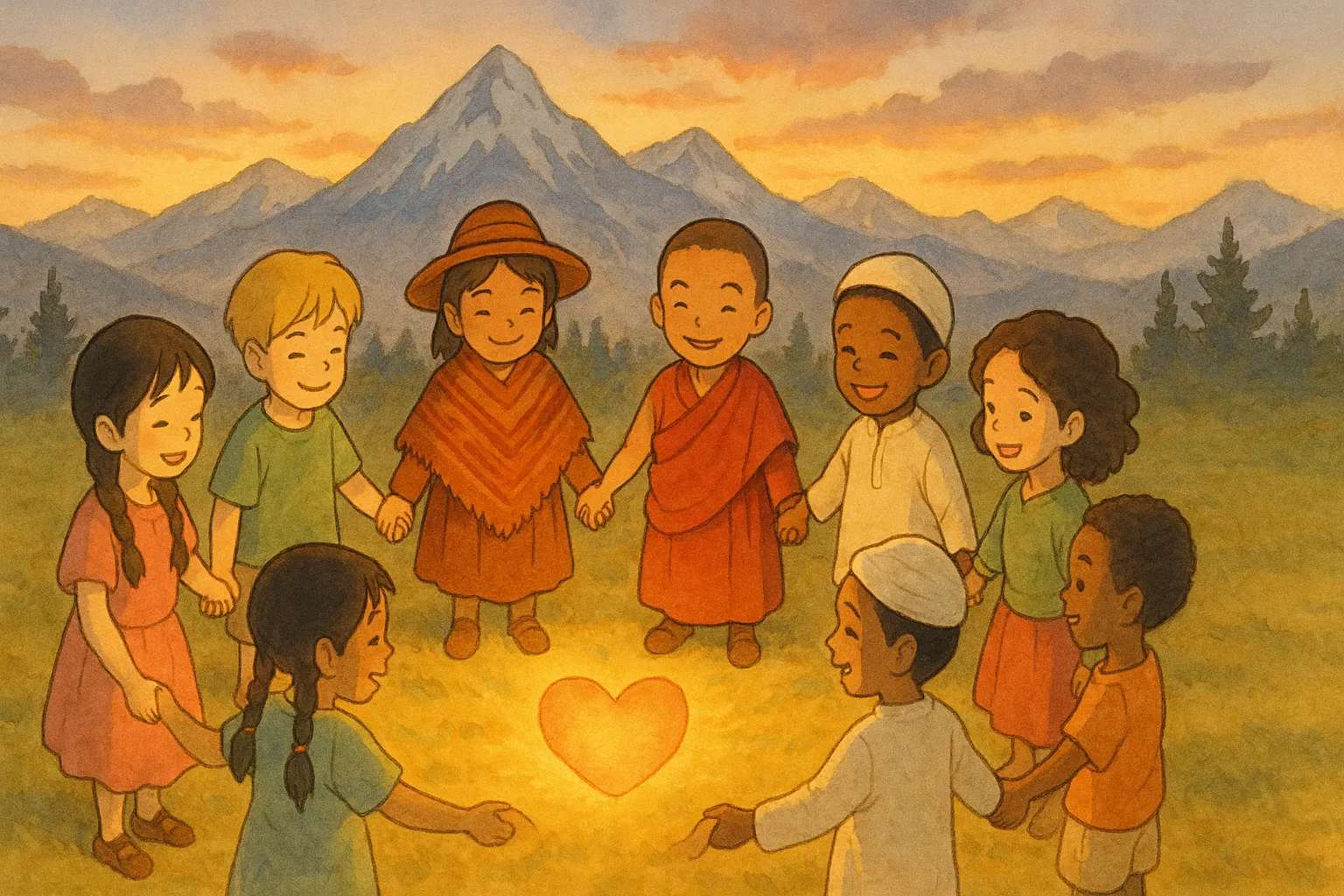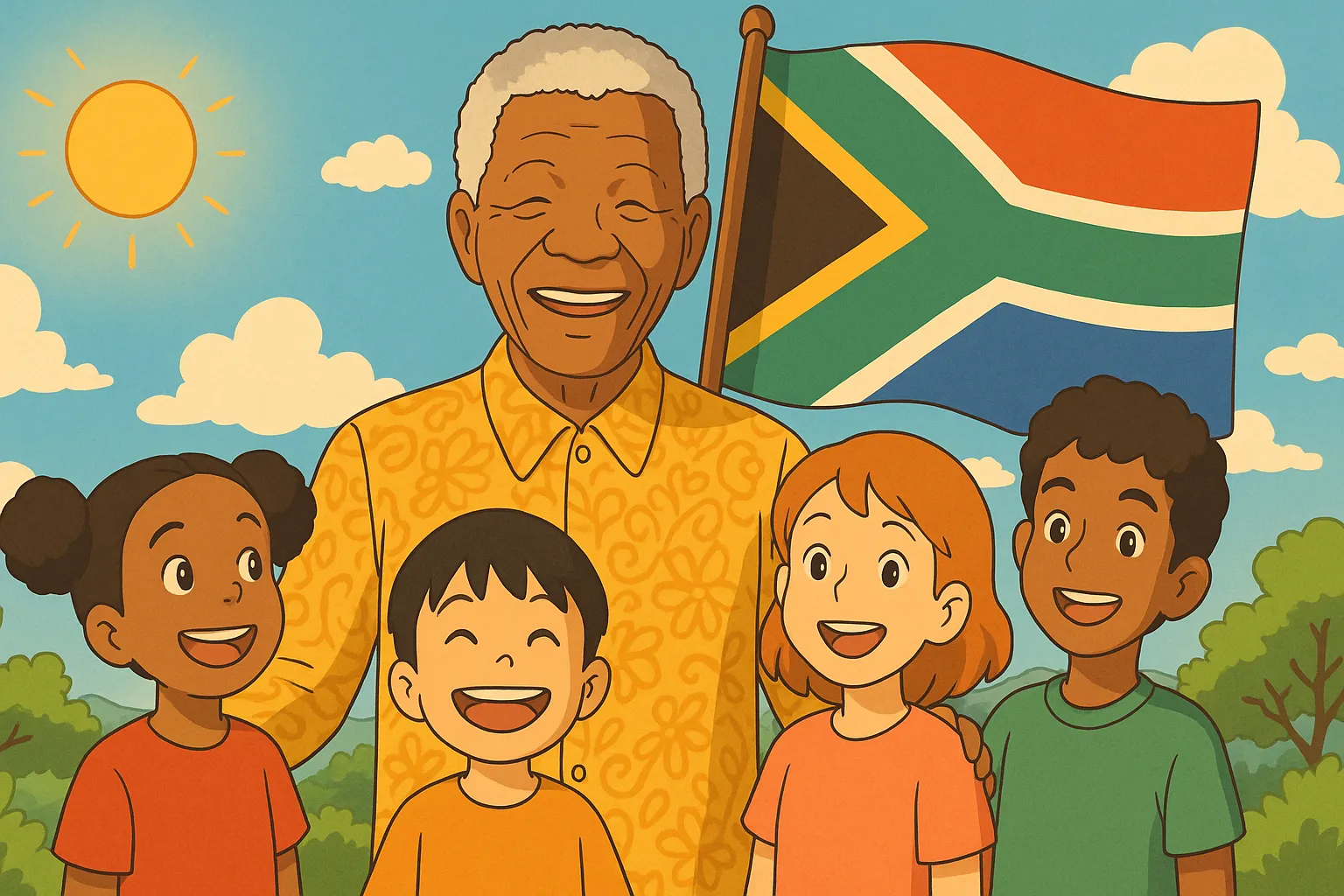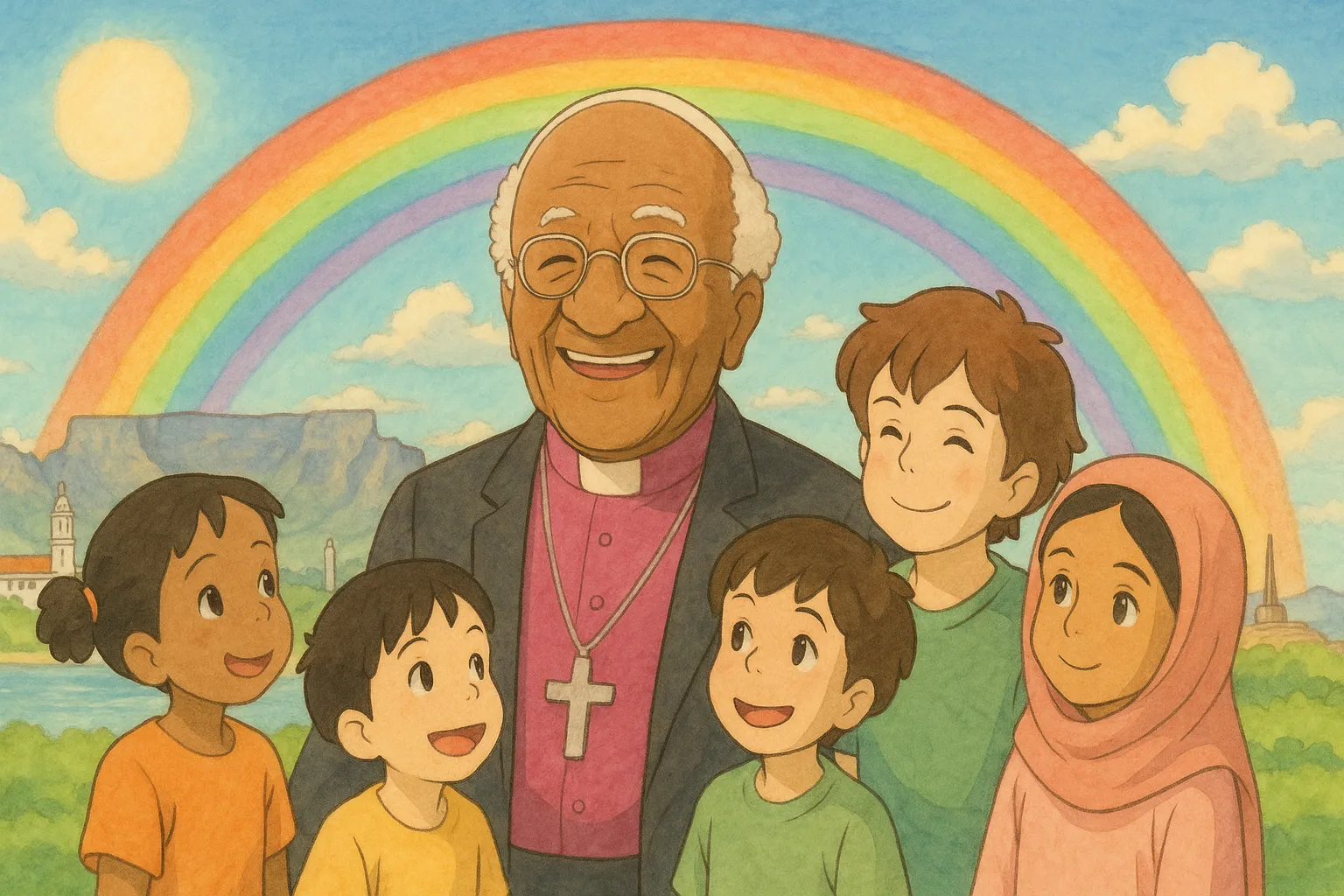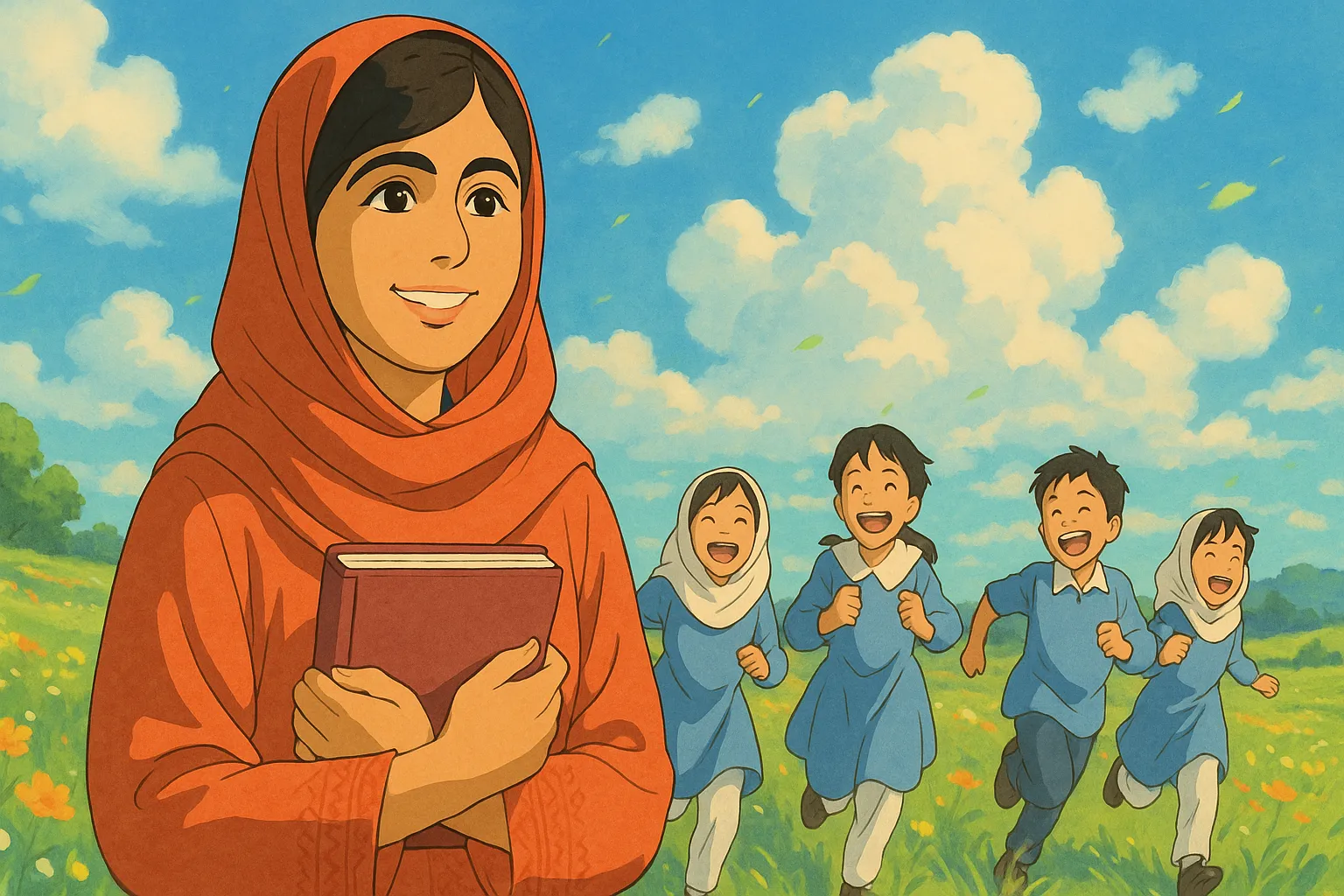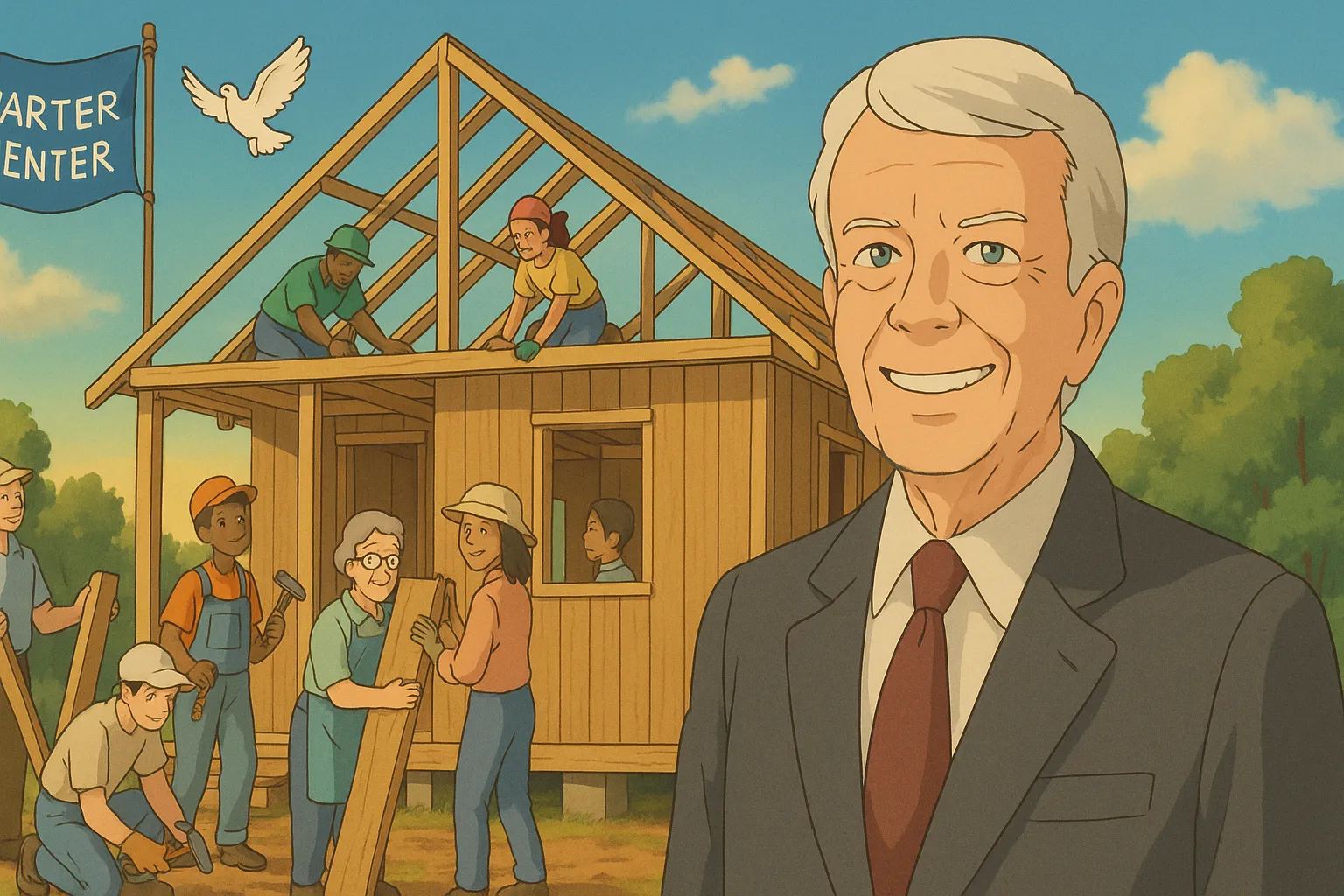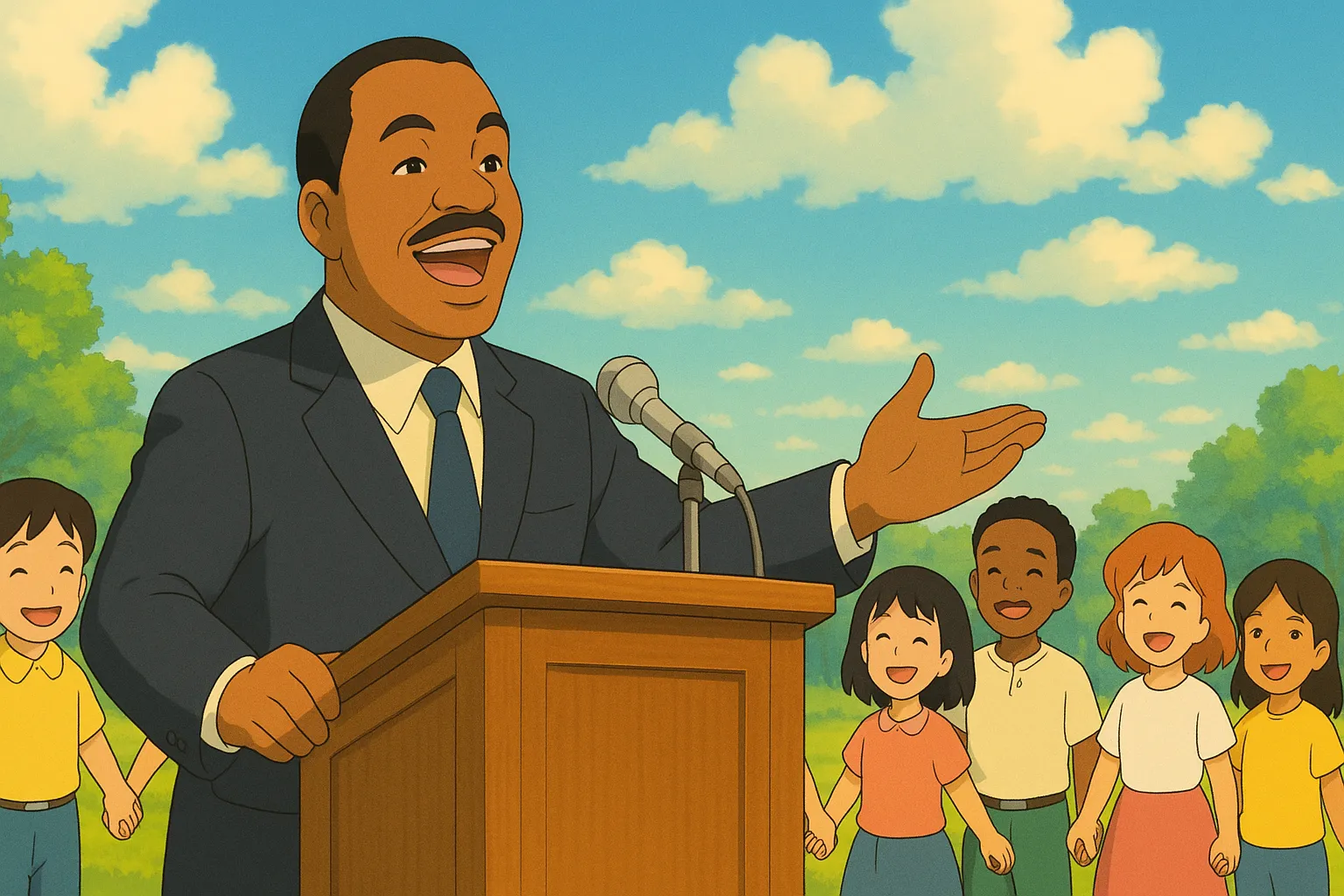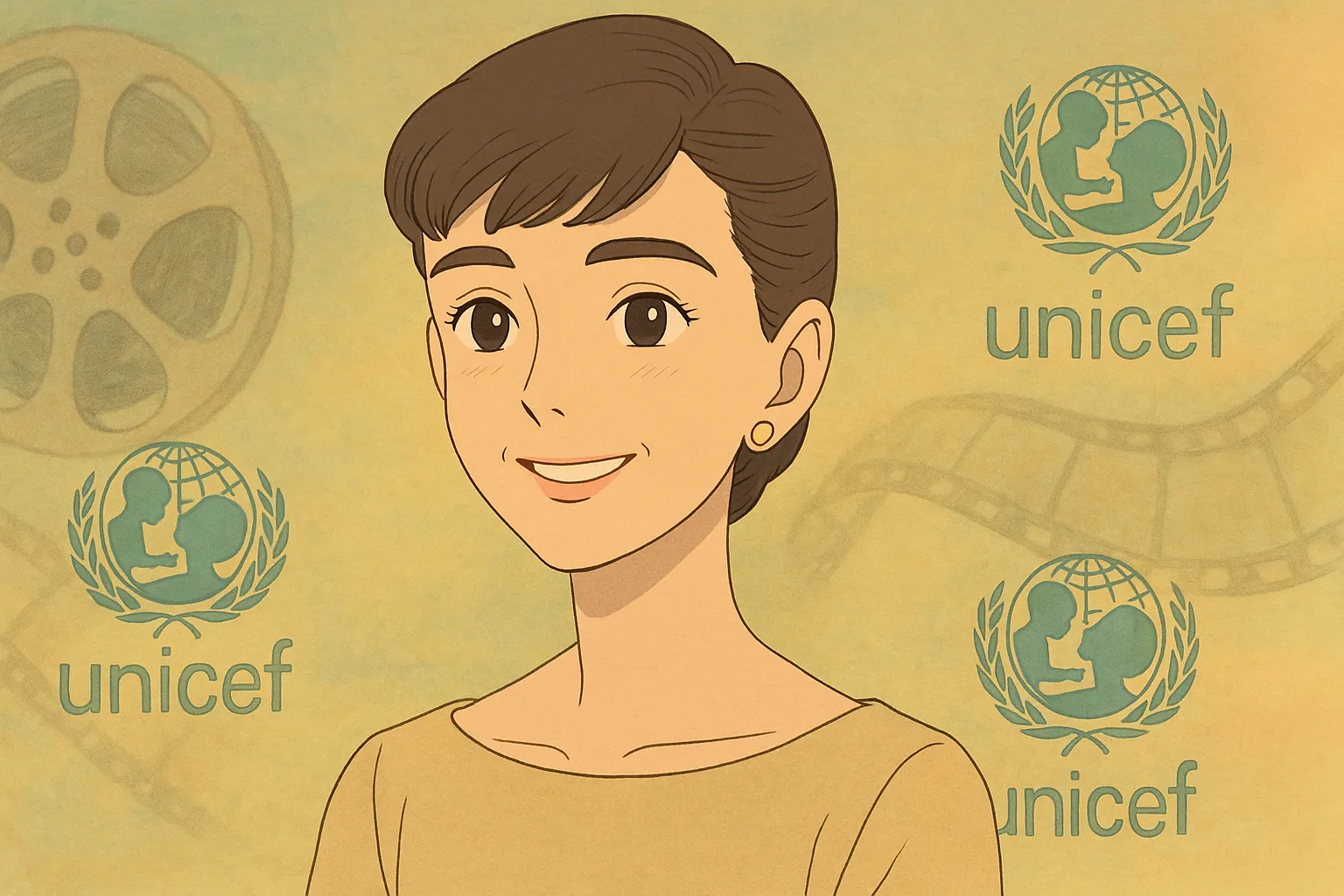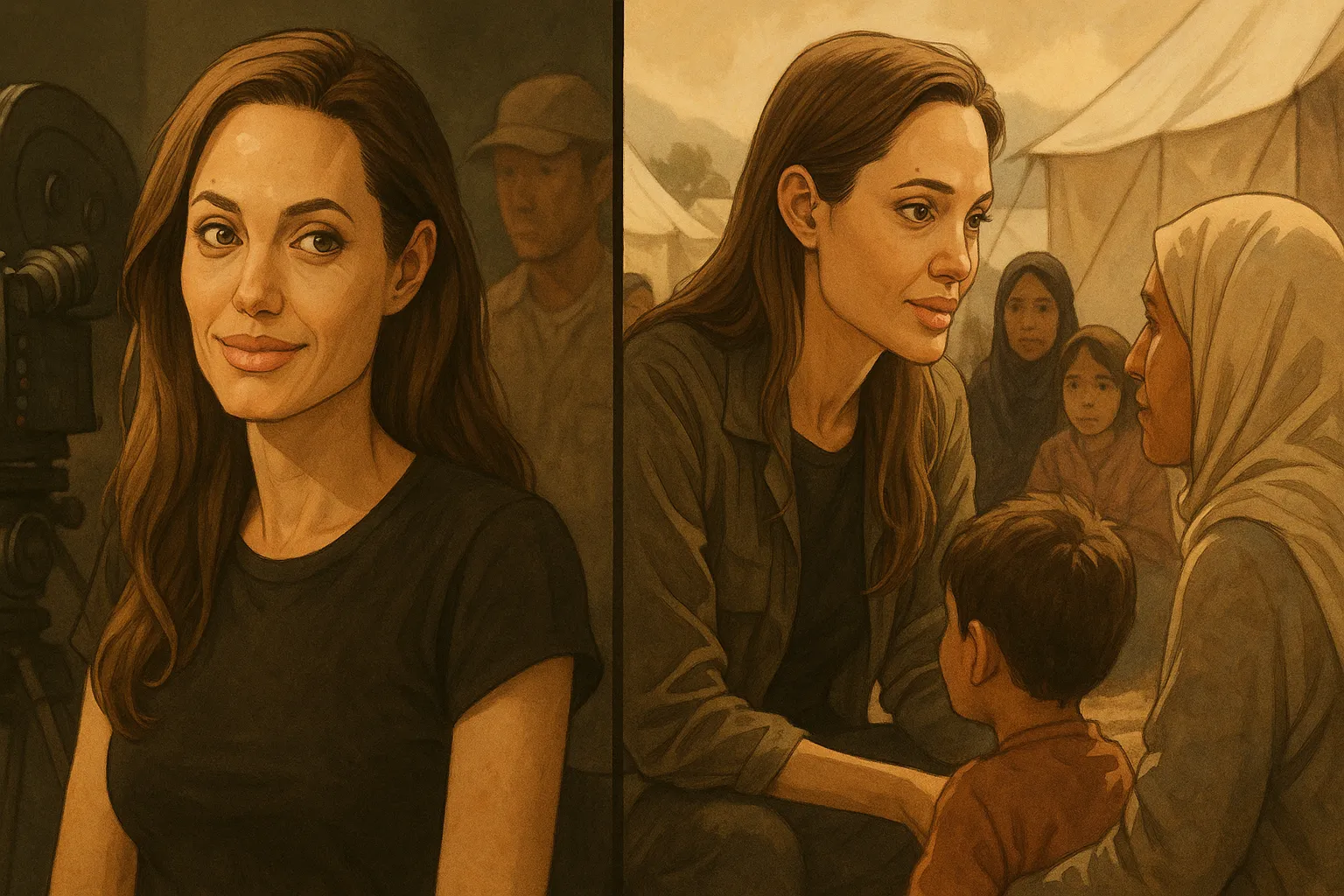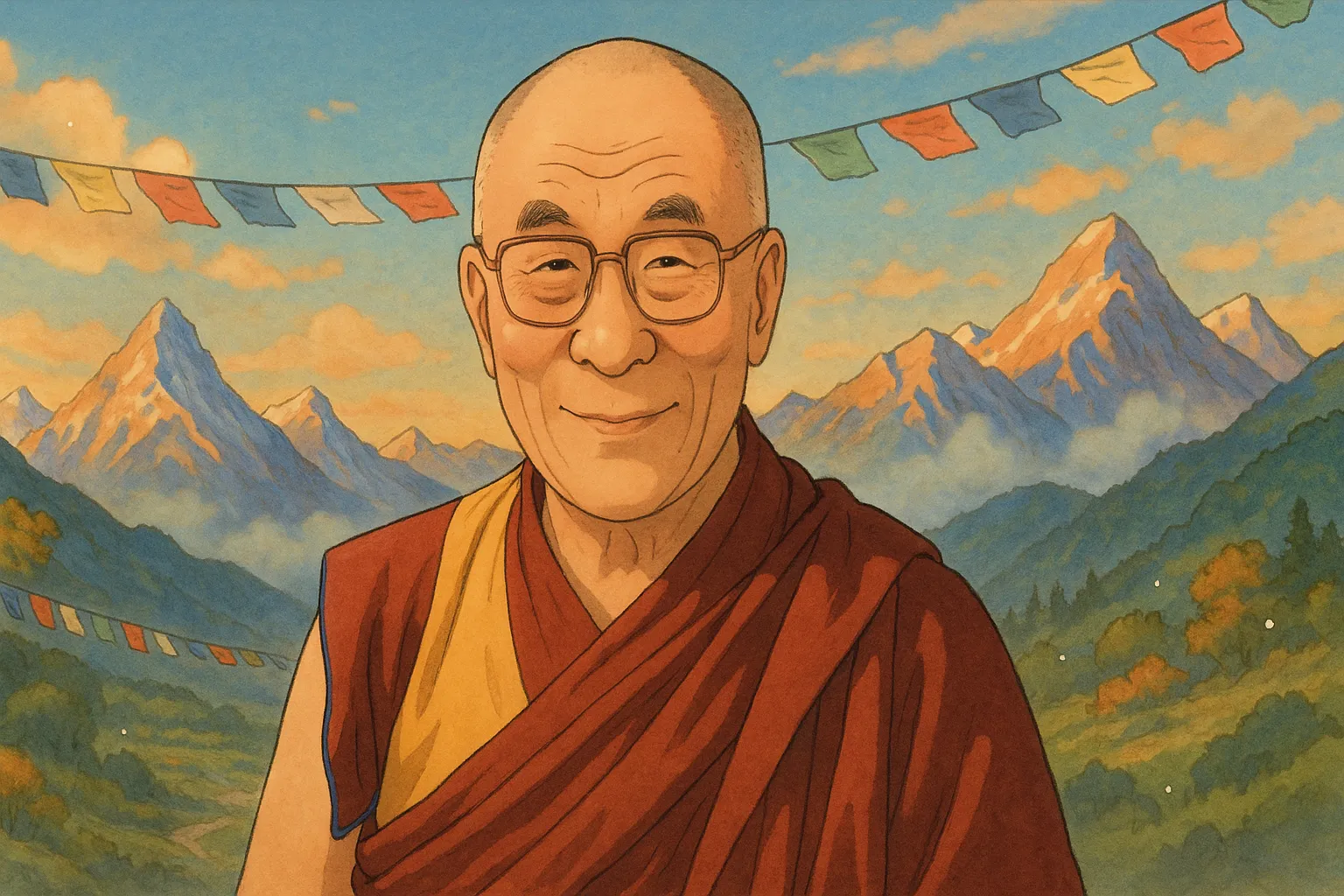
Frequently Asked Questions
Is the Dalai Lama a political leader?
Historically he served as both the spiritual and temporal leader of Tibet. In 2011 he transferred political authority to democratically elected leaders of the Tibetan exile government and focuses mainly on spiritual and cultural work.
Where does the Dalai Lama live now?
He lives in Dharamshala, India, which serves as the headquarters of the Tibetan community-in-exile and is where he carries out many public teachings and meetings.
How is the Dalai Lama chosen?
Traditionally Tibetan Buddhists look for a child believed to be the reincarnation of the previous Dalai Lama using signs, rituals, and tests conducted by senior lamas and spiritual authorities.
What school of Buddhism does he belong to?
He is a monk of the Gelug school of Tibetan Buddhism, one of the main Tibetan traditions often associated with monastic scholarship and practice.
Can the Dalai Lama be a woman?
He has publicly said that a future Dalai Lama could be a woman if that would better serve the Tibetan people and the world, depending on cultural and political realities.
How can I learn from him?
You can read his books, watch recorded public talks and interviews, follow his official website and social channels, or attend teachings at local Tibetan Buddhist centers and events.
Does he collaborate with scientists?
Yes. He has encouraged dialogue between Buddhism and science, supporting research into the mind, emotion, and well-being and fostering partnerships with neuroscientists and psychologists.
Will there be another Dalai Lama after him?
This is contested. The Tibetan exile community follows traditional recognition processes, while the Chinese government claims authority over selection. The Dalai Lama has also suggested alternative possibilities, including ending the institution.
